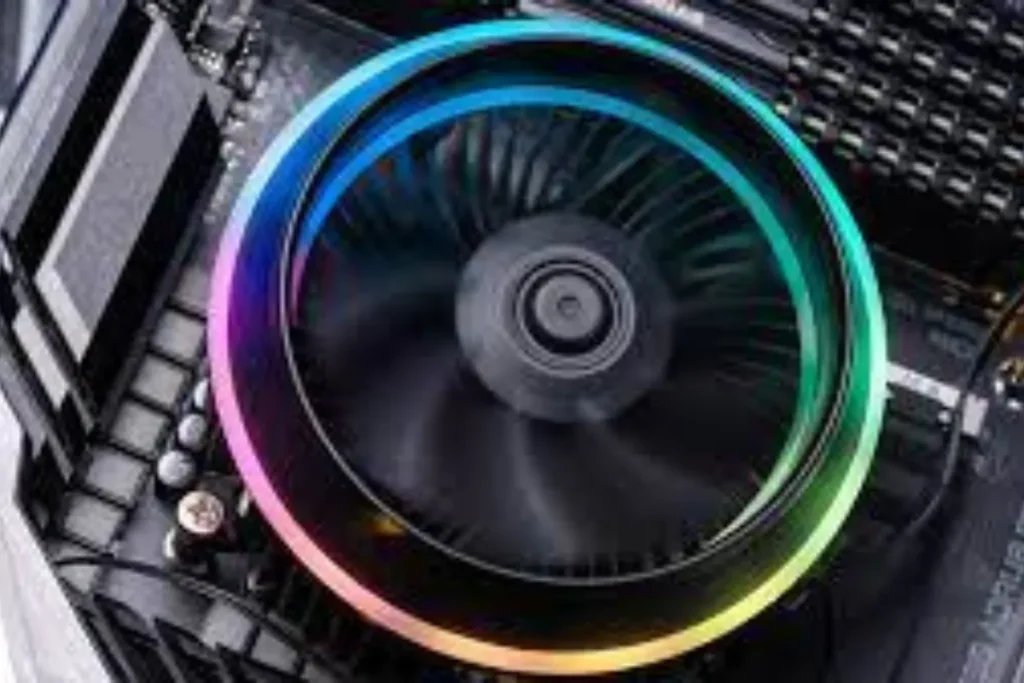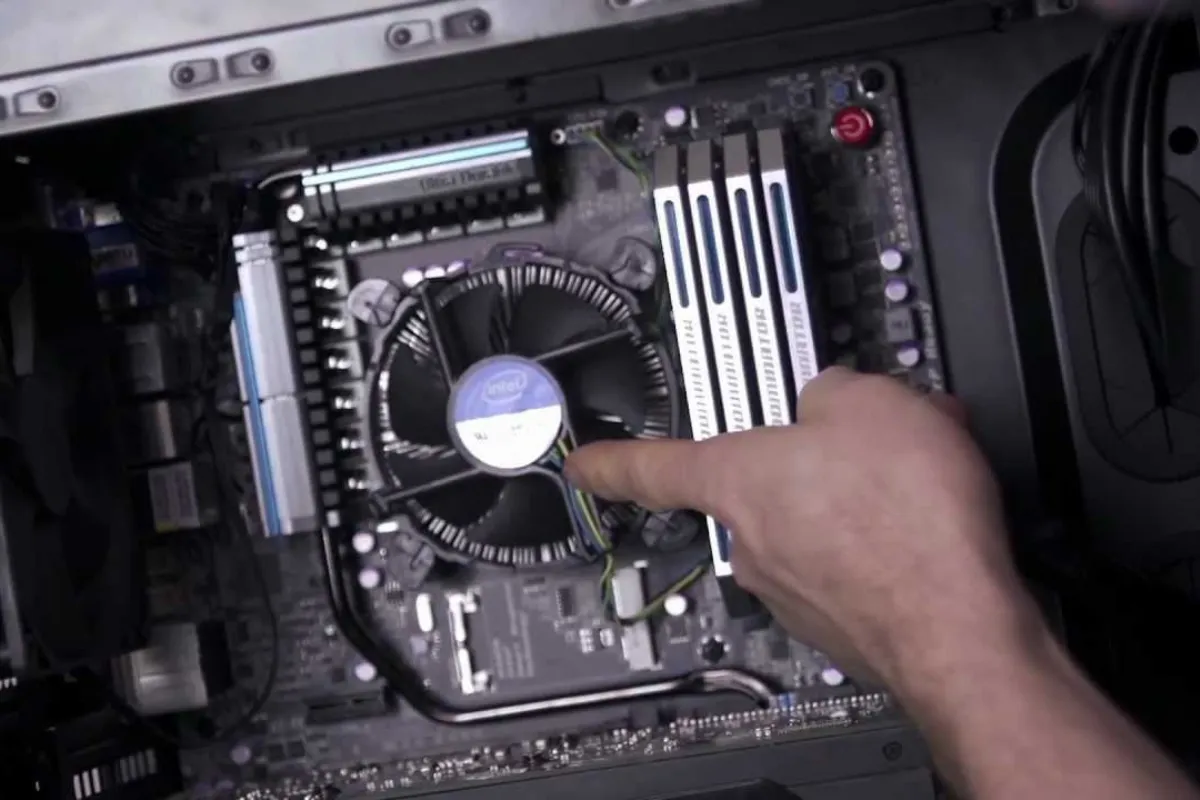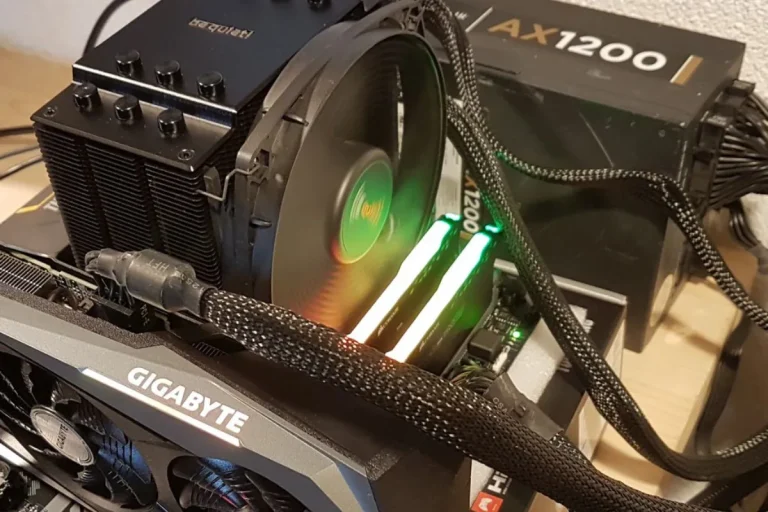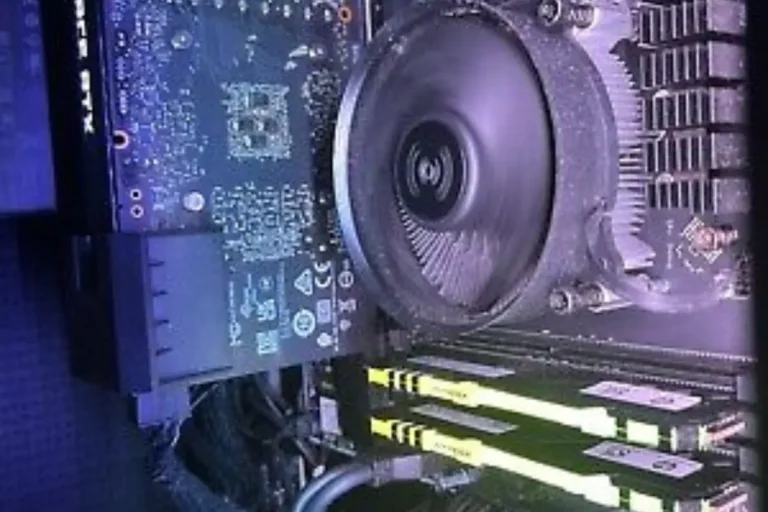Is it okay if the CPU fan doesn’t fit in the case?
We all know that keeping our computers cool is crucial for optimal performance. But what happens when the CPU fan and the case don’t match? It’s like trying to fit a square peg into a round hole! In this blog post, we’ll explore the consequences of such a misfit and discuss troubleshooting options to keep your computer running smoothly.
Consequences of Misfit
When it comes to computer components, size matters! If the CPU fan doesn’t fit properly in the case, it can lead to a range of issues that can affect your computer’s performance and longevity.
Cooling Efficiency Takes a Hit
The primary function of a CPU fan is to keep the processor cool. If it doesn’t fit well in the case, the airflow might be compromised. This can result in inadequate cooling, causing the CPU to overheat.
When the CPU temperature rises, it can lead to system instability, unexpected shutdowns, and even permanent damage to the processor.
Potential Damage to Components
Heat is the enemy of electronic components. If the CPU fan doesn’t fit properly, it can lead to excessive heat buildup not only on the processor but also on other nearby components, such as the motherboard and RAM modules.
Over time, this heat can cause damage to these sensitive parts, resulting in system instability or component failure.
It’s crucial to address any misfit between the CPU fan and the case promptly. In the next section, we’ll explore some troubleshooting options to help you overcome this issue and keep your computer running smoothly.
Troubleshooting Options
Encountering a misfit between the CPU fan and the case can be frustrating, but fear not! There are several troubleshooting options available to help you overcome this issue and ensure your computer stays cool and efficient.
What to Do if the CPU Fan Doesn’t Fit
If you find that the CPU fan doesn’t fit properly in the case, here are a few steps you can take:
- Check for any obstructions: Make sure there are no cables, connectors, or other components blocking the installation of the CPU fan. Clear any obstacles that might be hindering the fit.
- Consider a different mounting position: Some cases offer multiple mounting positions for the CPU fan. Try relocating it to another spot where it fits properly.
- Upgrade your case: If the misfit persists, it might be time to consider upgrading your case to one that better accommodates your CPU fan.
Alternative Cooling Solutions
If troubleshooting doesn’t resolve the misfit issue, don’t worry! There are alternative cooling solutions available:
- Low-profile coolers: These compact CPU coolers are designed to fit in cases with limited space. They offer efficient cooling while ensuring compatibility with smaller cases.
- Liquid cooling systems: Liquid cooling is an advanced cooling solution that involves circulating coolant through tubes and a radiator to dissipate heat. These systems are highly effective in cooling high-performance CPUs and can be a great alternative if the CPU fan doesn’t fit.
Precautionary Measures

Prevention is always better than cure, especially when it comes to avoiding the misfit between the CPU fan and the case. By following some simple precautionary measures, you can save yourself the hassle of dealing with this issue down the line. Let’s explore some preventive steps you can take and how to ensure compatibility before making your purchase.
Avoiding the Misfit
To avoid encountering the misfit problem, consider the following preventive measures:
- Research your case specifications: Before purchasing a CPU fan, thoroughly research the specifications of your computer case. Look for compatibility information regarding CPU cooler height and fan size.
- Measure your available space: Take accurate measurements of the space inside your case where the CPU fan will be installed. Ensure that the dimensions of the fan you plan to purchase align with the available space.
- Read user reviews and recommendations: Check user reviews and forums for recommendations from others who have successfully installed a CPU fan in a similar case. Their experiences can provide valuable insights and help you make an informed decision.
Selecting Compatible Components
When it comes to selecting compatible components, keep the following tips in mind:
- Check CPU cooler compatibility: Ensure that the CPU cooler you choose is compatible with your specific processor socket type. Manufacturers typically provide compatibility information on their websites or product packaging.
- Consider low-profile coolers: If you have a small form factor case, consider opting for low-profile coolers designed to fit in tight spaces. These coolers are specifically engineered to provide efficient cooling while maintaining compatibility with smaller cases.
Frequently Asked Questions
1. What are alternative cooling solutions?
Alternative cooling solutions refer to options other than the standard CPU fan to keep the processor cool. They are used when troubleshooting fails or when specific cooling requirements need to be met.
2. What are low-profile coolers?
Low-profile coolers are compact CPU coolers designed for cases with limited space. They offer efficient cooling while ensuring compatibility with smaller cases.
3. How do low-profile coolers benefit limited space cases?
Low-profile coolers provide effective cooling without taking up much vertical space. They are designed to fit in slim cases, making them ideal for compact builds or systems with height restrictions.
4. What are liquid cooling systems?
Liquid cooling systems, also known as water cooling systems, use a closed loop of coolant to dissipate heat from the CPU. They are often used for high-performance CPUs or overclocked systems.
5. What are the benefits of liquid cooling systems?
Liquid cooling systems offer superior cooling performance compared to traditional air cooling. They are more efficient at dissipating heat, resulting in lower temperatures and potentially quieter operation.
Conclusion
In conclusion, ensuring that the CPU fan fits properly in the case is crucial for optimal computer performance. A misfit may lead to overheating and reduced lifespan. If troubleshooting fails, consider alternative cooling solutions like low-profile coolers for limited space cases or liquid cooling systems for high-performance CPUs. Prioritize compatibility and thorough research for a smooth and efficient computing experience.



